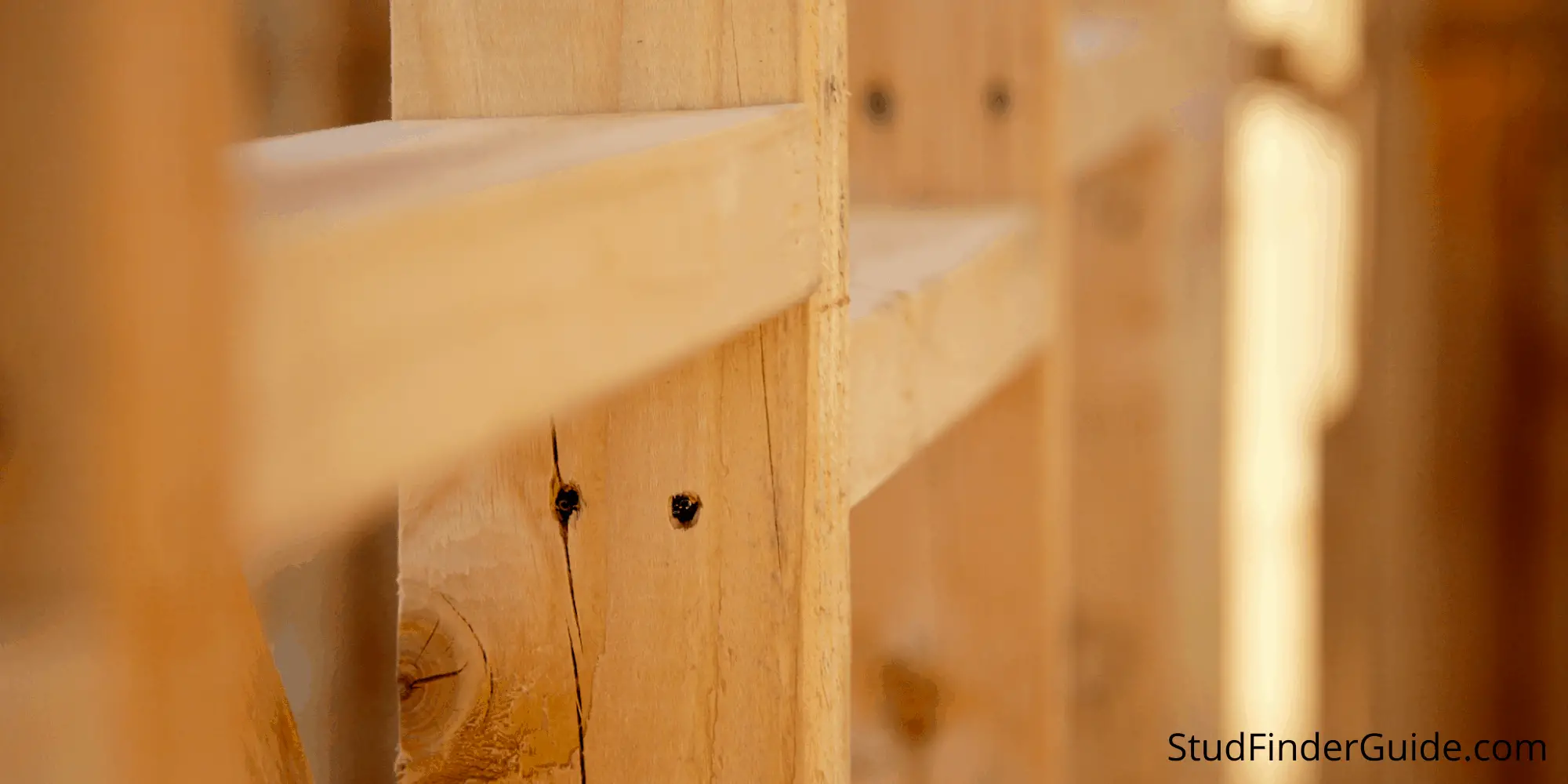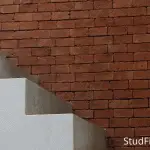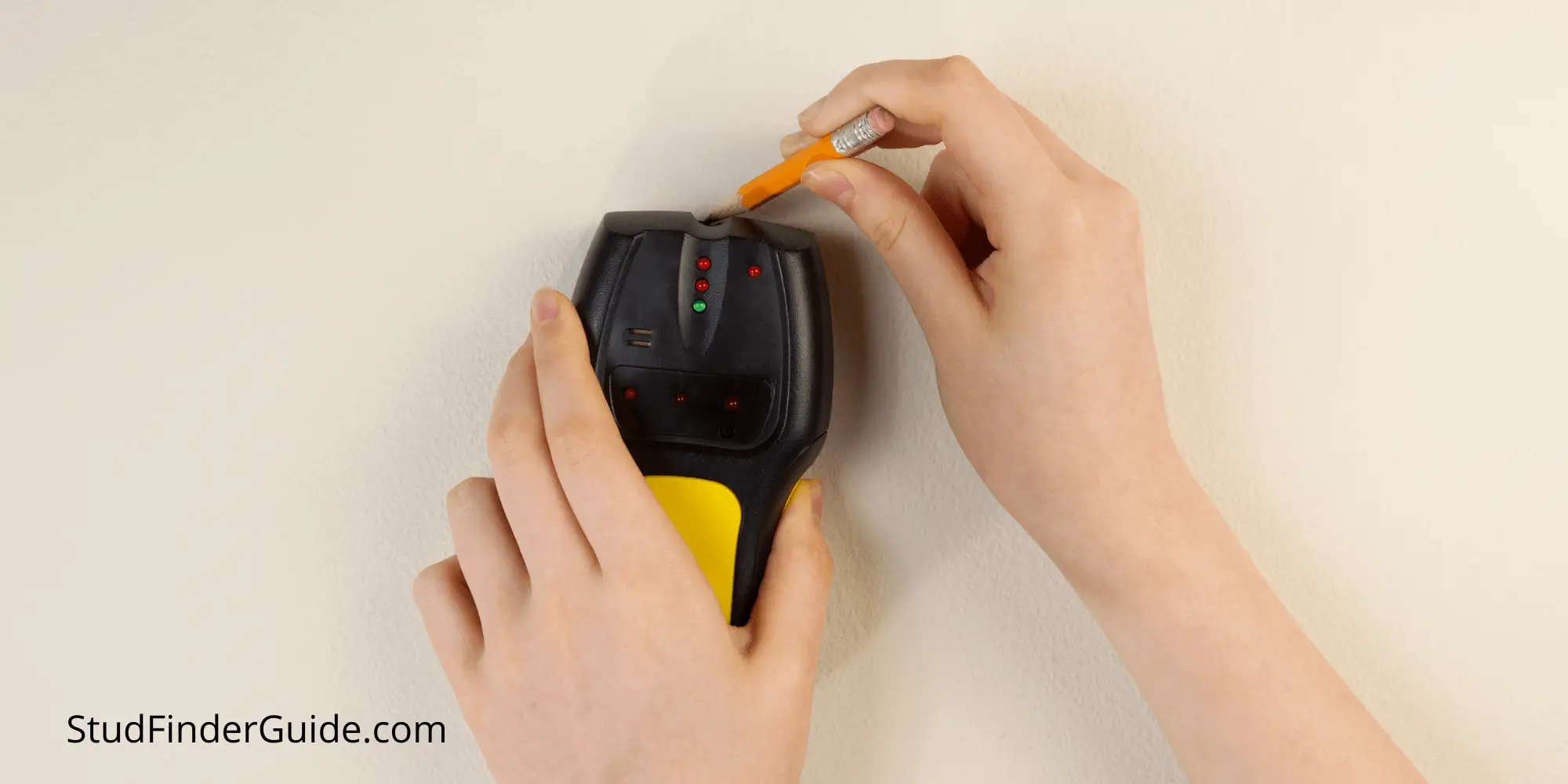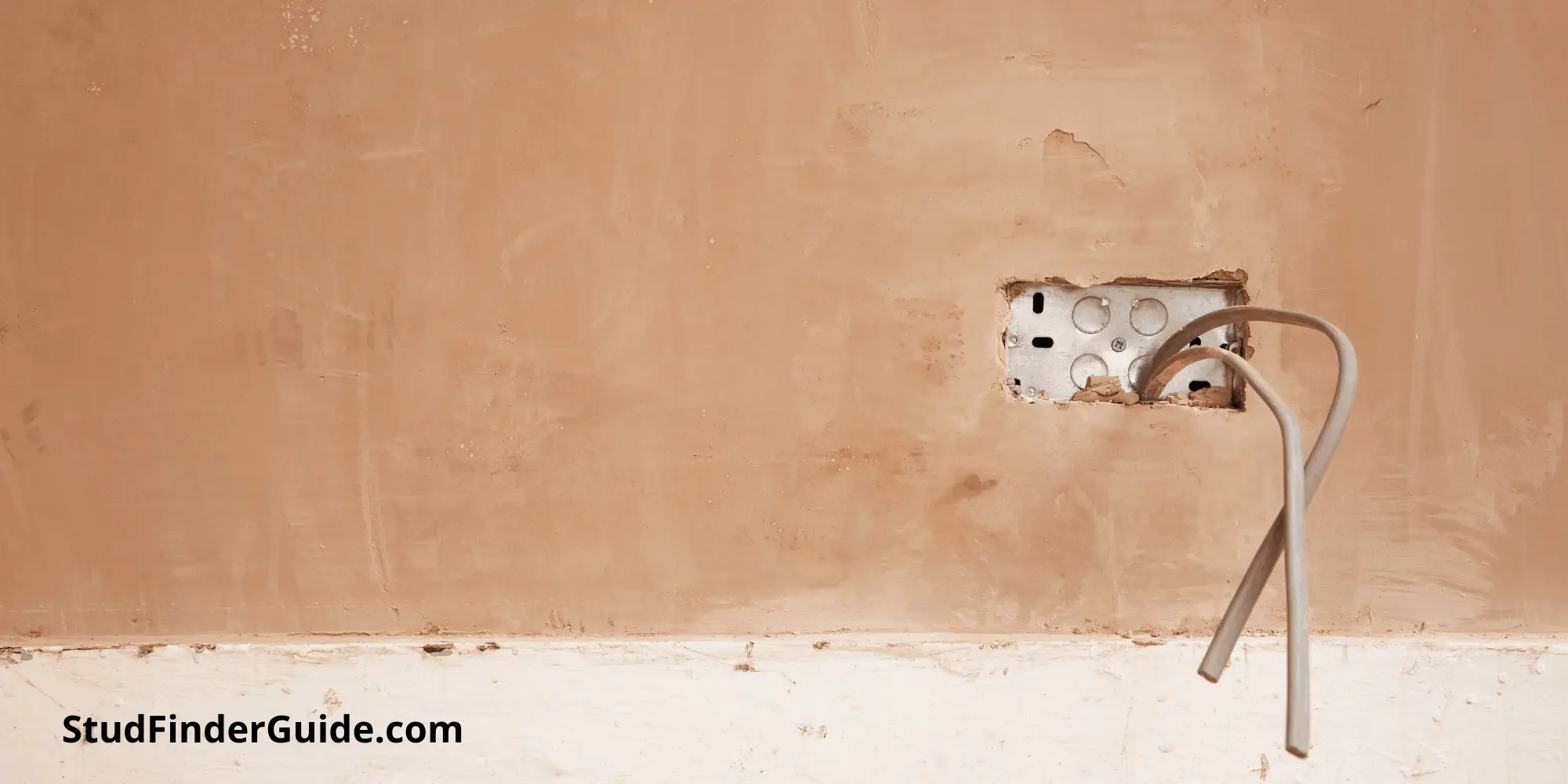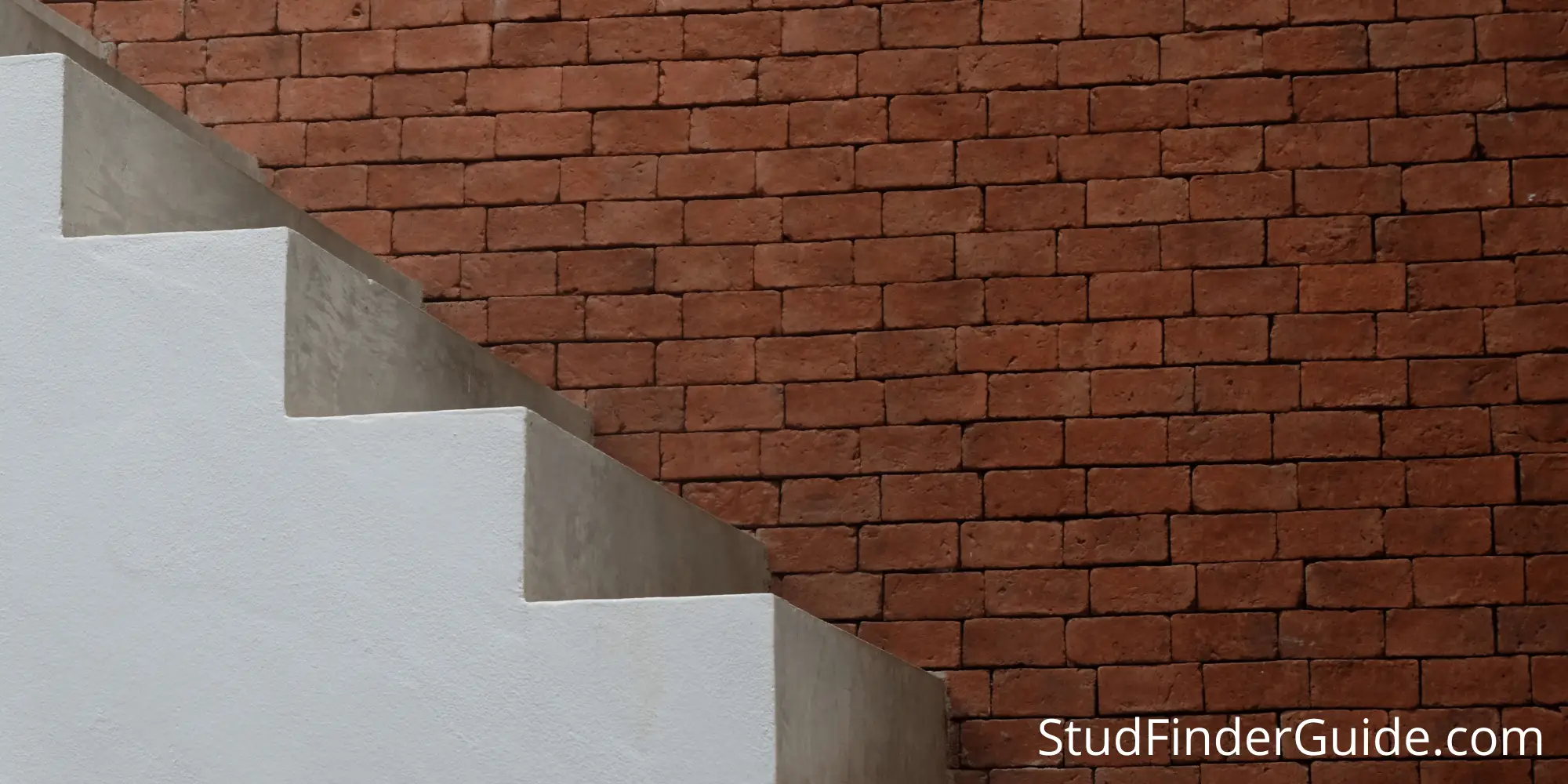How to find a stud in the wall is easy and fast, if you have the right tools and a little bit of knowledge.
Getting ready to hang something on the wall? Maybe you’ve just purchased a painting from the local gallery. You might also be hanging new cabinets in your kitchen or putting up a shelf for family photos. Whatever you’re hanging, if it has any sort of weight you need to know how to find a stud in the wall.
“Why?” Well, when hanging things on the wall can pose a risk of injury (or even death) if they fall off. If the nail or screw they’re hanging from, isn’t 100% secure you could one day come home to a huge, smashed mess (or much worse).
To help you avoid that, in this article we’ll tell you exactly how to find a stud in the wall (or several of them). Once you know how to find a stud you’ll never have to worry about something falling off the wall, getting destroyed or hurting someone you love. Enjoy.
5 Ways to Find a Stud in The Wall
There are several ways to find a stud in any normal wall in a regular house. In this article below, we have provided 5 ways that will make it fast and easy for you.
1 – Use an Electrical Outlet as Your Guide
In a typical house, the electrical outlets are fastened directly to studs. If you remove the outlet cover and look inside, you should see the wooden stud on one side or the other. When you do, make a mark and then use a carpenter’s level in the vertical position to make a (light) line up the wall. Make sure to bring it to the height at which you wish to place your screw or nail.
Once you find one stud it should be easy to find others simply by using a tape measure. The standard space between studs in a typical home is 16 inches (although some older homes use 24 inches). Also, studs are one and three-quarter inches thick. Knowing these measurements and knowing where the first stud is located, you can measure and find the others
2 – Look for ‘Dimples’ in the Wall
If your walls are made of sheetrock (drywall) they will oftentimes have dimples where the screws have been fastened through the drywall and into the stud behind. By placing a flashlight parallel to the wall you should be able to see these dimples and know where the stud is located. It should be noted that this isn’t a perfect system and is a bit less reliable than some of the others.
3 – Fashion a Small Piece of Wire into a Right Angle
So let’s say that you drilled a hole and missed the stud. If you are confident that you are close, you can take a small piece of wire, bend it into a right angle and use it to find the stud. (Use the wire from a clothes hanger.) Once you insert the wire into the hole, twist it counterclockwise. If it hits a stud you’ll know where it is and be able to hit it on your next try. You can then use a carpenters level in a vertical position and figure out where the rest of your screws should be drilled to hit the stud.
4 – Tap The Wall and Listen to the Sound
This is about as old-fashioned as it gets but it can (and mostly does) work. Using your fist or a rubber mallet you can lightly tap the wall and listen to the sound it makes. When you tap on a stud the sound will be deeper and more ‘solid’ than when there is no stud. You can also make this easier by starting in a corner and measuring out either 16 or 24 inches with a tape measure. Since the typical home uses either 16 or 24 inches to place studs, this is a good technique that usually works. Once you find a stud you can use your carpenters level again to mark the stud so you know where it is vertically up the wall.
5 – Use a Stud Finder – The Easiest Way to Find a Stud
By far the easiest and most accurate way to find a stud in any wall is with a stud finder. There are several different types that work very well. The most common is a magnetic stud finder that detects metal screws or nails in a stud. In our opinion, however, the easiest stud finder to use is an electronic stud finder. This will show you the edges of the studs so that you can place your screw or nail in the center and make sure it’s firmly attached. No matter which stud finder you purchase, most are battery operated, easy to use and extremely accurate.
In Closing
There you have it, 5 different methods of finding a stud. In our opinion, purchasing a stud finder is your best option because it’s the most accurate and will help make sure that your screws and nails are firmly attached to the wall (and will hold sufficient weight). Best of luck with your project!

